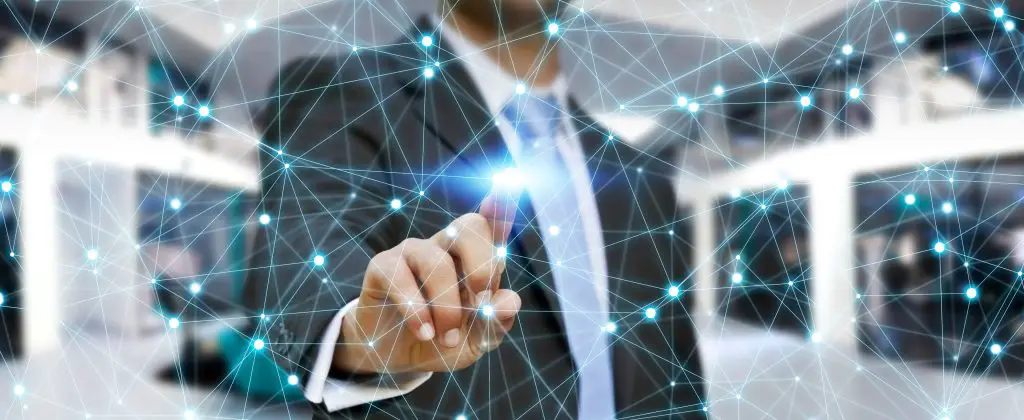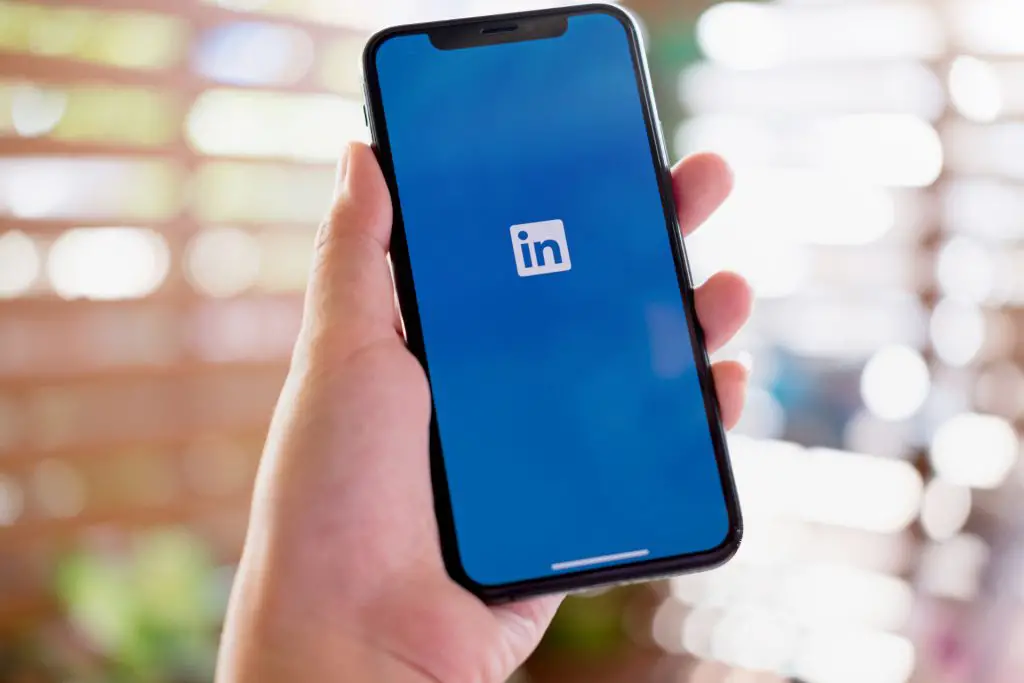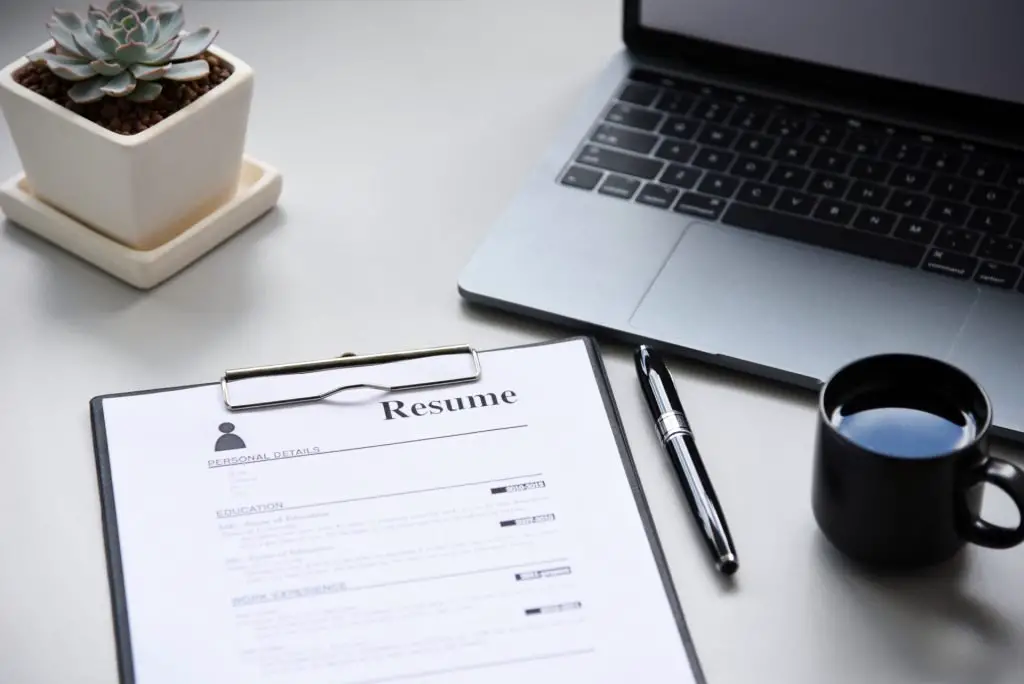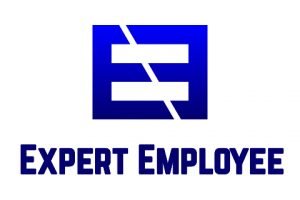This post contains affiliate links.
LinkedIn is the world’s largest professional networking website. You can use LinkedIn to build a network of connections in your industry and to keep in touch with past and present colleagues. LinkedIn is a social network for your professional contacts. That is easy to say, but leaves many unanswered questions about how to use it effectively.

Should I Connect With Anyone on LinkedIn?
People have strong opinions about who to connect with on LinkedIn and why their opinion is the right answer for you. The reality is everyone needs to find what is right for them. There are two major approaches to networking – Strategic Networking and Open Networking – and each have their own pros and cons.
Strategic Networking on LinkedIn
Strategic networking is the classic approach to LinkedIn connections. You build your network with coworkers and professional contacts that you know well and have a business relationship with. In the most conservative view, you only add connections for people you know well enough to provide a positive recommendation.
A strategic networker looks a large number of connections and thinks ‘what good are hundreds or thousands of connections if I don’t know who they are and they don’t know me’. Strategic networkers want connections that are valuable for both sides because they care about each other. You both want to stay and touch and are likely to respond if either side reaches out. Focus on connections that matter.
Risks from Strategic Networking on LinkedIn: With only trusted members in their network, strategic networkers have fewer privacy concerns but they also reach a smaller audience. The main risk is from missed opportunity. With a smaller network there will be fewer posts coming across their feed and their own posts will reach fewer people directly.

LinkedIn Open Networker (LION)
Open networkers will connect with anyone and everyone on LinkedIn. The stereotypical LIONs are recruiters that are always looking to expand their reach of prospective candidates they can bring to clients. Freelancers, entrepreneurs, and many executives also frequently use open networking.
Nearly every connection request they receive gets added to their network, including people they don’t know. While they are not obligated to accept every connection request, by putting LION on their profile they commit to never flagging a connection request with ‘I don’t know this person’ which gives that person a penalty in the LinkedIn algorithm.
Having a large network gives them an audience for their posts, whether it is a job posting, thought piece, or self-promotion, their post will be seen by a large number of people giving it more opportunity to be shared.
Risks from Open Networking on LinkedIn: There always people looking for ways to take advantage of information on the internet, and LinkedIn is no different. Connections have access to additional information about you and your contacts, depending on how your privacy settings are configured. Pay special attention to how your contact information is shared and who can see your network connections. LIONs should probably not make this information available to their network.
What LinkedIn Networking Approach is Right For You?
Most people are going to fall somewhere between the two extremes listed above and for good reason, the extremes are not the best solution for most people. A moderate approach can be very effective.
I personally do not accept most cold-contact invitations from people I don’t know. But I will network with anyone I have worked with personally and would recognize in passing outside of work. I also cultivate a network of connections from conferences, business dealings and other people I have come in contact with professionally.
The third group in my network are sectors that I want to expand into and have more exposure. I will connect with thought leaders, people I want to learn from, or that I can offer value to – the key point is that its not random, each connection has a purpose.
Finally, I do a housecleaning on my network about once a year. I’ll scroll through my list of connections and if I have no idea who someone is or why I’m connected I’ll review their profile to see if it jogs my memory. If I can’t place them and I don’t see value moving forward I will remove the connection.
Why Did My Boss Add Me on LinkedIn?
First off don’t panic, I’ve never heard of a boss connecting with someone they were planning to discipline or put on a performance improvement plan. Almost certainly they genuinely want to add you to their professional network. Like all social networking sites, LinkedIn suggests possible connections based on many signals and you probably appeared in their People you may know section.
Should I Connect With My Boss on LinkedIn?
Now that you know your boss is unlikely to have ulterior motives for adding you, the next obvious question is should you accept the connection request from your boss? The short answer is yes, with some caveats.
When you are actively looking for a new job obviously you shouldn’t be posting negative comments about your current employer or about your job search. But there are three other settings to close attention to so that you don’t accidentally reveal your activity:

- Let recruiters know you’re open to opportunities: This setting does just what it says, recruiters with premium accounts can see that you are open to new opportunities. LinkedIn takes steps to prevent showing your status to people inside your company, but there are no guarantees so for extra security you can turn it off. Many companies use external staffing agencies or independent recruiters that would not be blocked and have access, but this is very unlikely to happen unless your company is actively trying to get this information. LinkedIn is one of the better places to look for your next career move and is no more risky than other job boards or external recruiters.
- Share profile changes to your network: A common step early in the job search is to update your resume and your LinkedIn profile. When leaders see one of their team making numerous changes to their LinkedIn profile they will take note. You can turn this off until after you have finished your updates so the notifications do not appear in their feed.
- Display group on profile: LinkedIn has many job search and career development groups that can help you find your next opportunity, but you don’t want them to display on your profile for your current employer to see. You can easily hide them after you join by going into the settings for each group and switching the toggle.
Once you have taken these precautions there is really no reason not to connect with your boss, but if you are still uncomfortable then you can also ignore their request. If you are active on LinkedIn they might think it is odd but probably nothing more than that.
Who to Connect With on LinkedIn as a Student
LinkedIn is a way for you to build an online brand as well as a network of professional connections so start it early. College applications and scholarships ask for references that know your character and experience, LinkedIn makes it easy to reach out to people from several years ago that you may not know how to reach any other way. Here are 7 groups to consider when building your professional network on LinkedIn:
- School work: connect with teachers and counselors from school – not all of them, just the ones that know you well and especially ones where you received a recognition or award
- Extracurricular activities: connect with the faculty advisors or leaders for any academic teams or clubs you were involved with, student government, or the arts
- Coaches and assistants: all athletics whether through the school or All-Star or clubs or elsewhere
- Bosses from work: normally your supervisor, but also the person who paid you for babysitting jobs, tutoring or similar work
- Volunteer work and community service: the leader or coordinator that was involved
- Significant projects or hobbies: if you are proud of it, then connect with the people involved that helped you or saw the result
- Coworkers, classmates, and friends: your network can be invaluable as you face unexpected situations and opportunities, you can reach out for help as well as share news related to your career and professional field

Is It Weird to Connect With Professors on LinkedIn?
LinkedIn is geared toward professionals and is not as useful in the academic world so for many professors LinkedIn is something of an afterthought, if they even have a profile.
Does your professor know your name? If yes then it is no big deal to request a connection with your professor, but don’t be surprised if they ignore it. Many professors have simply decided not to connect with students. If you have a working relationship with a professor through research, clubs/activities, advising, or graduate work then absolutely reach out to them on the app or discuss in person.
If you only know your professor from attending their lectures and occasional office hours then we recommend not to connect with your professor, unless you think they are a LION.

